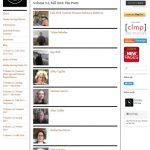Primarily an online publication of fiction, poetry, nonfiction and photography, Solstice: A Magazine of Diverse Voices also provides the community with unique essays on its SolLit Blog. Recent features include:
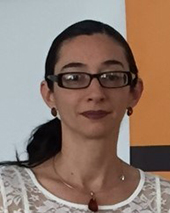 “A Writer-Photographer’s Poignant Essay about Smelter Town” by William Crawford
“A Writer-Photographer’s Poignant Essay about Smelter Town” by William Crawford
“Women Writers’ Roundtable: Judy Juanita, Melinda Luisa de Jesús, and Dr. Raina J. León on Life-Changing Art” by Rochelle Spencer
“Misogyny and the Acceptance of Violence Against Women” by Patricia Carrillo [pictured]
“The Immigrant Experience Then and Now — and Hope for the Future” by Diane O’Neill
“Neurodiverse Students Need Creative Arts” by Donnie Welch
“Protesting Police Brutality: From Taking a Knee in the U.S to Striking in Catalan” by Chetan Tiwari and Sandell Morse
“Writing, Meditation, and the Art of Looking” by Marilyn McCabe
Guest bloggers are invited to contribute: “We seek inspirational and informative content from diverse voices on writing craft, writing process, diversity (or lack thereof?) in the lit world, recent trends in writing and/or literature, brief author interviews, and more.” See full submission guidelines here.
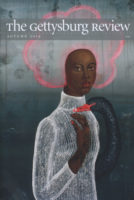

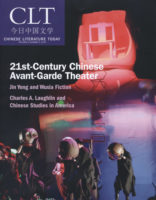
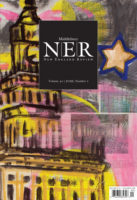
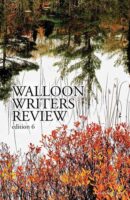
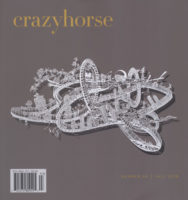
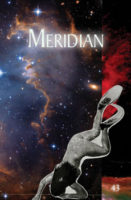
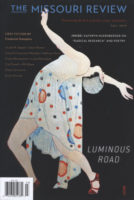

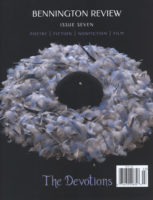
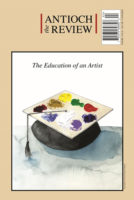
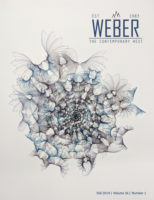
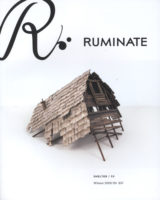
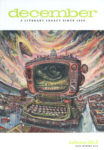 december
december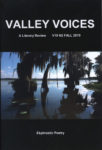
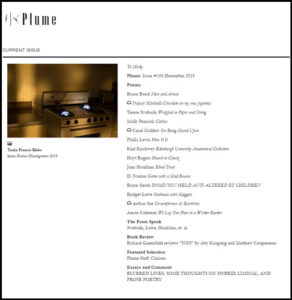
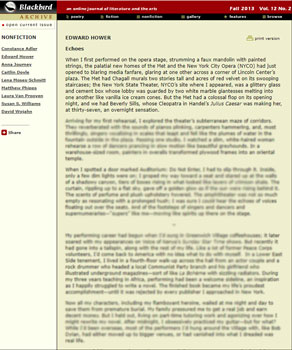 Stepping back in time to 1960s-Manhattan, author and former supernumerary actor with the New York City Opera Company (NYCO),
Stepping back in time to 1960s-Manhattan, author and former supernumerary actor with the New York City Opera Company (NYCO), 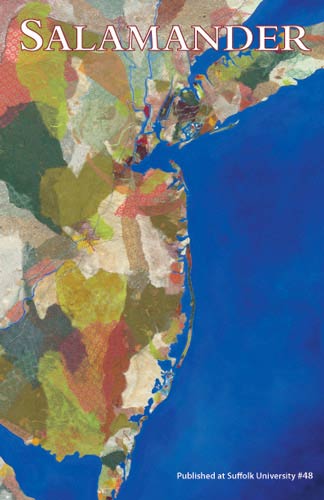 After twenty-seven years, Jennifer Barber has left her position as Editor-in-Chief of
After twenty-seven years, Jennifer Barber has left her position as Editor-in-Chief of  Winner for Fiction
Winner for Fiction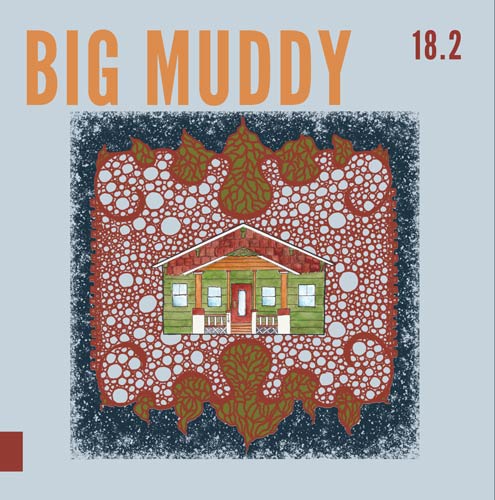
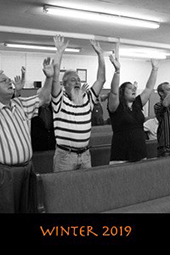
 After twenty-six years as editor-in-chief of
After twenty-six years as editor-in-chief of  “A Writer-Photographer’s Poignant Essay about Smelter Town” by William Crawford
“A Writer-Photographer’s Poignant Essay about Smelter Town” by William Crawford